Video content is booming in 2025, from YouTube videos and corporate presentations to high-budget marketing campaigns. Whether you’re a business, a content creator, or a filmmaker, hiring a professional video editor is a crucial step in producing high-quality videos. But how do you determine the video editing service cost breakdown? Should you pay per hour or opt for a fixed price? And more importantly, how much do video editors charge per hour in 2025?
In this guide, we’ll explore the freelance video editor pricing guide, compare fixed price vs hourly rate video editing, and highlight the best platforms to hire video editors for your projects. Whether you’re looking for affordable video editing services or premium-level editing, this article will help you navigate video editing costs effectively.
Freelance Video Editing Rates 2025
With the demand for video content rising, freelance video editing rates 2025 have seen notable shifts. The cost depends on several factors, including the editor’s experience, the complexity of the project, turnaround time, and the type of video being edited.
Here’s a general breakdown of freelance rates in 2025:
Entry-Level Video Editors (Beginner: 0-2 years of experience)
- Hourly Rate: $20 – $40
- Fixed Pricing: $100 – $300 per project (basic edits, short videos)
Mid-Level Video Editors (3-5 years of experience)
- Hourly Rate: $40 – $80
- Fixed Pricing: $300 – $1000 per project (social media videos, YouTube editing, basic effects)
Expert/Professional Video Editors (6+ years of experience)
- Hourly Rate: $80 – $200+
- Fixed Pricing: $1000 – $5000+ per project (corporate videos, documentaries, high-end marketing content)
If you’re a small business or content creator looking for affordable video editing services, mid-level freelancers often provide the best balance of quality and cost.
Fixed Price vs Hourly Rate Video Editing – Which One is Better?
When hiring a video editor, you’ll likely face two pricing models: fixed price vs hourly rate video editing. Each has its own advantages and drawbacks, depending on the project scope and budget.
Hourly Rate – Pros and Cons
✅ Best for projects with unclear scope or ongoing work
✅ More flexibility if additional edits are required
✅ Suitable for long-term collaborations
❌ May lead to higher costs if the project takes longer than expected
Fixed Price – Pros and Cons
✅ Ideal for well-defined projects with a clear brief
✅ Predictable costs with no surprises
✅ Good for one-time projects
❌ Less flexibility for revisions unless specified in the contract
If you’re working on a corporate video editing pricing model, fixed pricing might be better for budgeting. However, if you need continuous editing work for YouTube or social media, hourly rates may be a better option.
How Much Do Video Editors Charge Per Hour?
Understanding how much do video editors charge per hour in 2025 depends on several key factors:
- Experience Level: Beginner editors charge less, while experts demand higher rates.
- Project Complexity: Basic edits cost less than projects requiring advanced VFX or animations.
- Turnaround Time: Faster delivery often comes at a premium.
- Software Used: Adobe Premiere Pro, DaVinci Resolve, and Final Cut Pro editors often charge more due to expertise.
Hourly Rates by Type of Editing
- Basic YouTube video editing: $25 – $50/hour
- Corporate video editing pricing: $60 – $150/hour
- Advanced motion graphics & VFX: $100 – $250+/hour
- Wedding and event video editing: $40 – $100/hour
For clients looking for a cost of YouTube video editing, hourly pricing is ideal if they need frequent updates and quick turnaround edits.
Video Editing Service Cost Breakdown
Every video editing project has different needs, which impact the final cost. Below is a video editing service cost breakdown to give you an idea of what goes into pricing:
| Service | Average Cost (2025) |
|---|---|
| Basic Cuts & Transitions | $100 – $500 |
| Color Grading | $200 – $1000 |
| Motion Graphics/Animation | $500 – $5000 |
| Sound Editing & Mixing | $150 – $800 |
| Special Effects (VFX) | $500 – $5000+ |
| Revisions & Re-Edits | Varies per project |
When budgeting for video editing, it’s essential to discuss these costs upfront to avoid unexpected expenses.
Best Platforms to Hire Video Editors
Finding the right video editor is easier than ever, thanks to numerous freelancing platforms. Here are some of the best platforms to hire video editors in 2025:
- Upwork – Offers a variety of freelancers with different skill levels and pricing.
- Fiverr – Great for finding affordable video editing services for quick and small projects.
- PeoplePerHour – Ideal for hiring professionals at hourly rates.
- Toptal – High-end marketplace for experienced video editors.
- LinkedIn & Facebook Groups – Many video editors advertise their services here for direct hiring.
- Behance & Dribbble – Best for finding video editors with a strong portfolio.
Cost of YouTube Video Editing
With YouTube creators continuously investing in professional content, understanding the cost of YouTube video editing is crucial for budgeting. The cost varies based on video length, editing complexity, and turnaround time.
Average Pricing for YouTube Video Editing
- Basic YouTube Edits (cuts, transitions, subtitles): $100 – $300 per video
- Advanced Editing (motion graphics, special effects): $300 – $1000+ per video
- YouTube Shorts/TikTok Edits: $50 – $150 per video
For YouTubers producing daily content, hiring an editor on a fixed price vs hourly rate video editing basis can help maintain cost efficiency.
Corporate Video Editing Pricing
Businesses and agencies require high-end video editing for advertisements, training materials, and promotional content. The corporate video editing pricing structure is typically higher due to the complexity of projects and professional expectations.
Corporate Video Editing Rates 2025
- Short Promotional Video (1-2 mins): $1000 – $5000
- Training or Presentation Video (5-10 mins): $3000 – $10,000
- Commercial/Ad Production: $5000 – $20,000+
For companies needing regular editing, negotiating a retainer fee can reduce costs in the long run.
Final Thoughts
Whether you’re a business looking for corporate video editing pricing or a content creator searching for affordable video editing services, understanding pricing models is essential for budgeting. The choice between fixed price vs hourly rate video editing depends on your project needs and financial constraints.
With freelance video editing rates 2025 continuously evolving, using the best platforms to hire video editors ensures you find skilled professionals who can bring your vision to life.
So, how much should you budget for video editing in 2025? That depends on your requirements, but with this freelance video editor pricing guide, you’re now equipped to make an informed decision!




